Big City Food Biographies Series
Series Editor
Ken Albala, University of the Pacific,
Food helps define the cultural identity of cities in much the same way as the distinctive architecture and famous personalities. Great cities have one-of-a-kind food cultures, offering the essence of the multitudes who have immigrated there and shaped foodways through time. The Big City Food Biographies series focuses on those metropolises celebrated as culinary destinations, with their iconic dishes, ethnic neighborhoods, markets, restaurants, and chefs. Guidebooks to cities abound, but these are real biographies that will satisfy readers desire to know the full food culture of a city. Each narrative volume, devoted to a different city, explains the history, the natural resources, and the people that make that citys food culture unique. Each biography also looks at the markets, historic restaurants, signature dishes, and great cookbooks that are part of the citys gastronomic make-up.
Books in the Series
New Orleans: A Food Biography , by Elizabeth M. Williams
San Francisco: A Food Biography , by Erica J. Peters
New York City: A Food Biography, by Andrew F. Smith
Portland: A Food Biography , by Heather Arndt Anderson
Chicago: A Food Biography, by Daniel R. Block and Howard B. Rosing
Kansas City: A Food Biography , by Andrea L. Broomfield
Rio de Janeiro
Rio de Janeiro
A Food Biography
Marcia Zoladz
Rowman & Littlefield
Lanham Boulder New York London
Published by Rowman & Littlefield
A wholly owned subsidiary of The Rowman & Littlefield Publishing Group, Inc.
4501 Forbes Boulevard, Suite 200, Lanham, Maryland 20706
www.rowman.com
Unit A, Whitacre Mews, 26-34 Stannary Street, London SE11 4AB
Copyright 2016 by Rowman & Littlefield
All rights reserved . No part of this book may be reproduced in any form or by any electronic or mechanical means, including information storage and retrieval systems, without written permission from the publisher, except by a reviewer who may quote passages in a review.
British Library Cataloguing in Publication Information Available
Library of Congress Cataloging-in-Publication Data
Names: Zoladz, Marcia, author.
Title: Rio de Janeiro : a food biography / Marcia Zoladz.
Description: Lanham : Rowman & Littlefield, [2016] | Series: The big city food biography series | Includes bibliographical references and index.
Identifiers: LCCN 2016010253 (print) | LCCN 2016025470 (ebook) | ISBN 9781442252318 (cloth : alk. paper) | ISBN 9781442252325 (Electronic)
Subjects: LCSH: FoodBrazilRio de JaneiroHistory. | RestaurantsBrazilRio de JaneiroGuidebooks. | Food industry and tradeBrazilRio de JaneiroHistory. | CookingBrazilRio de JaneiroHistory. | Rio de Janeiro (Brazil) History.
Classification: LCC TX360.B73 R458 2016 (print) | LCC TX360.B73 (ebook) | DDC 394.1/2098153dc23
LC record available at https://lccn.loc.gov/2016010253
 The paper used in this publication meets the minimum requirements of American National Standard for Information SciencesPermanence of Paper for Printed Library Materials, ANSI/NISO Z39.48-1992.
The paper used in this publication meets the minimum requirements of American National Standard for Information SciencesPermanence of Paper for Printed Library Materials, ANSI/NISO Z39.48-1992.
Printed in the United States of America
Introduction
Rio de Janeiro is a city with well-known landmarks: Sugar Loaf, the Corcovado with the Christ statue at its top with its open arms, the beaches of Copacabana and Ipanema. It also has, though not so well known, the largest green area inside a city, the Tijuca Forest. It is also well known for its Carnaval with its pageants and celebrations and thousands of people singing and dancing in the streets of the city. It is a place full of enchantments. The soft rhythm of the bossa-nova, widely popularized by the The Girl from Ipanema, for example, never lost its charm. This songthe music is by Antonio Carlos Jobim and the lyrics by Vinicius de Moraesgave birth to the sound of a generation in the 1960s.
Less known, however, is the food in the city, which also is part of the history of its cultural development. The food that the local population hunted or foraged or farmed can be divided into three periods. In the first, when Amerindians and Europeans started to know each other in the sixteenth century, new foods, such as rice, sugarcane, chickens, and cattle were introduced by the Portuguese. At the same time, the Indigenous people taught the Europeans to eat cassava, to hunt the tapir, and to braise meat in a moqum, a small grill. In the second period, starting at the seventeenth century, the Portuguese brought enslaved Africans to work in sugarcane plantations and in the harbor of the city. A new adaptation process ensued with the introduction of recipes that steadily added sugar and salt, and cakes and stews unknown in the Amerindian kitchen were adopted. Using local ingredients, the settlers substituted for unavailable onespeanuts instead of almonds, cassava flour instead of wheat flourand introduced pumpkins, cooked beans, and the Capsicum pepper. The third and ongoing period began at the end of slavery in 1888, as a large number of immigrants from Europe and Levantine countries arrived, and their foods were added to the Afro-Portuguese list of recipes that already had absorbed Indigenous ingredients. Pizzas, kibbehs, and pastas were all as much a part of the local food repertoire as rice and black beans or small delicate pies.
The economic expansion in the Atlantic Ocean started in Portugal and Spain, the first countries to achieve central unified governments in Western Europe. Portugal had already expanded its dominion to the Madeira Islands, off the northwest coast of Africa, in 1419. They continued systematically exploring south, and crossed the continents southernmost limit, the Cape of Good Hope, in 1497, gaining for a while a monopoly on the trade with Asia, the source of spices, especially black pepper, which made them quite rich.
The first Portuguese to arrive in todays Brazil declared the land the property of the Crown on April 22, 1500. The Church had granted the land to Portugal some years earlier, in an agreement between Portugal and Spain over the lands in the New World. The Treaty of Tordesillas, signed on June 7, 1494, divided all the lands of the world, those already known and the ones yet to be found, between Spain and Portugal. All lands east of the Tordesillas line were to belong to Portugal, and those to the west, to Spain, which included Columbuss discoveries. After Pedro lvares Cabral arrived in Bahia and recognized the land as belonging to the Portuguese Crown, he took his fleet to India, as there was no special interest in the wilds of Brazilyet.
There followed several expeditions in and around the region. The first one arrived on January 1, 1502. They thought the large bay that they entered was the estuary of a river, and named it Rio de Janeiro (January River); only later did they understand that they had arrived at the Bay of Guanabara. In passing through Rio, the first encounters with the local Amerindians and their food began. It was the first time Europeans confronted a society completely different from theirs.
For the first thirty years, the Portuguese only sent reconnaissance expeditions to the coast. The first traders of brazilwood ( Caesalpinia echinata ) then started to arrive. The original name of the tree, Ibirapitanga in Tupy, the language of the local population, means red wood. Brazil , or rather Ho Brasile , is not a native word and it has no special meaning in Portuguese; rather, it is the Celtic name for an imaginary island located close to Ireland on medieval maps. The name meant the Island of Fortune.
There is a map at the British Library by Grazioso Benincasa from 1473 that shows the island between England and Ireland. This island was a very important place in discussions of scholars in the fourteenth century about Paradise and whether it was located on Earth. It remained a theme in the years following Columbuss arrival in America.
Next page
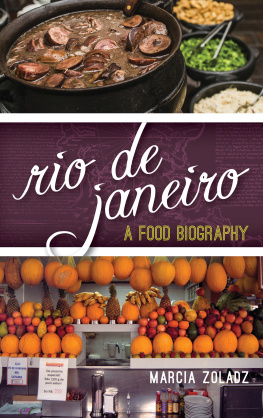


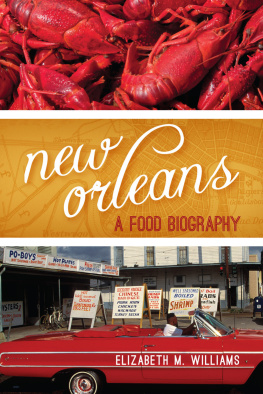
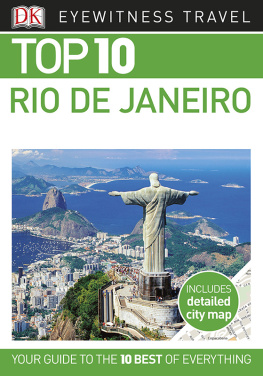
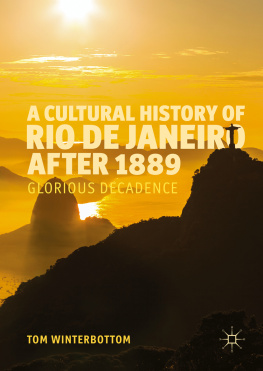
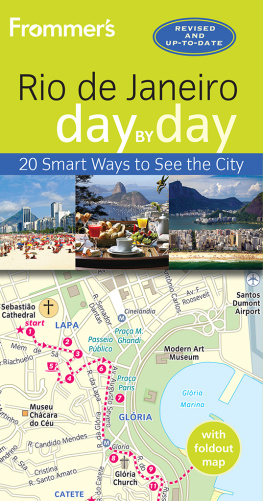

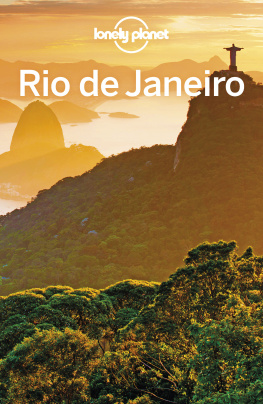
 The paper used in this publication meets the minimum requirements of American National Standard for Information SciencesPermanence of Paper for Printed Library Materials, ANSI/NISO Z39.48-1992.
The paper used in this publication meets the minimum requirements of American National Standard for Information SciencesPermanence of Paper for Printed Library Materials, ANSI/NISO Z39.48-1992.